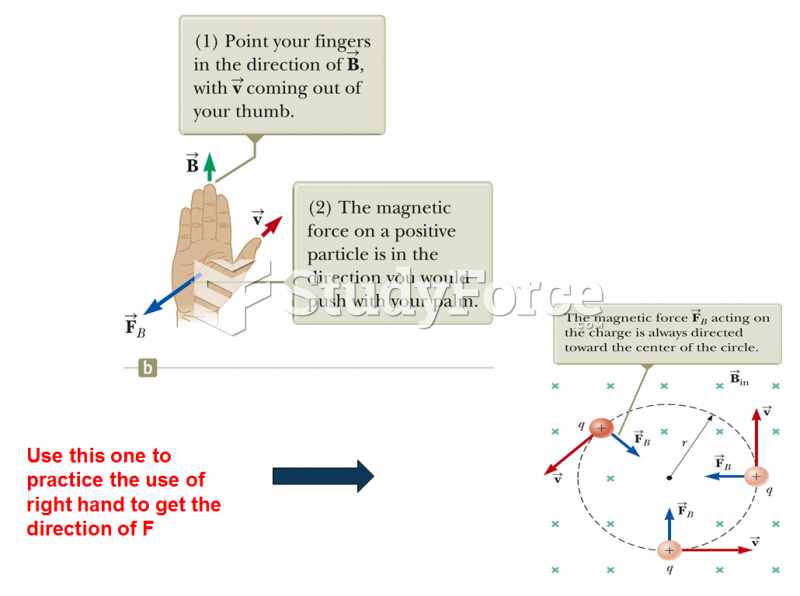|
|
|
Did you know?
Cyanide works by making the human body unable to use oxygen.
Did you know?
There are 20 feet of blood vessels in each square inch of human skin.
Did you know?
There are 60,000 miles of blood vessels in every adult human.
Did you know?
Critical care patients are twice as likely to receive the wrong medication. Of these errors, 20% are life-threatening, and 42% require additional life-sustaining treatments.
Did you know?
Of the estimated 2 million heroin users in the United States, 600,000–800,000 are considered hardcore addicts. Heroin addiction is considered to be one of the hardest addictions to recover from.







